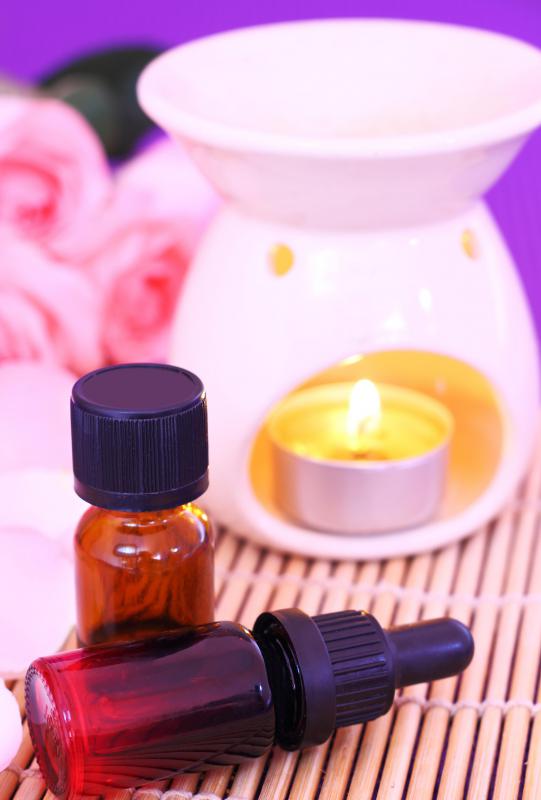At WiseGEEK, we're committed to delivering accurate, trustworthy information. Our expert-authored content is rigorously fact-checked and sourced from credible authorities. Discover how we uphold the highest standards in providing you with reliable knowledge.
What is Marula?
Marula is the name of a deciduous tree that is native to Southern and Eastern Africa. Because marula trees grow across a wide swath of countries, they are known by many names in many different languages. Some of the most common names include maroela, umganu, and jelly plum. Parts of the marula tree are used for medicinal purposes, as well as for their nutritional value.
Generally, marula trees are extremely tall, growing up to 59 feet (about 18 m) high. The foliage tends to form a wide crown, and the bark is mottled gray. Marula trees are dioecious, meaning that they may be either male or female. Unlike other types of trees, they cannot self-fertilize. In order for pollination to occur, trees of both genders must be planted in close proximity of each other.

Marula trees belong to the family Anacardiaceae, and are related to mangoes, pistachios, and cashews. Like these plants, parts of the marula are also edible. The tree produces bark, fruit, roots, and seeds that are used in a number of applications. Folk medicine uses the roots, bark, and leaves of the tree to cure a number of illnesses. The leaves and inner bark are considered to be helpful in soothing the skin, while the outer bark is used to treat various stomach ailments. Bark may also be used to make dyes, as it produces an attractive pink color.

The fruit and seeds are the most widely used parts of the tree. Its fruits, which are prolifically produced even in the wild, are lauded for their rich vitamin C content, which may equal up to four times as much as is found in an orange. The ripened fruits are light yellow in color with white flesh, but drop from the tree while still green. Fruits are allowed to ripen on the ground, after which they are harvested. The fruit may be eaten fresh – which is generally described as a tart, juicy flavor – or it can be juiced, made into jams or jellies, or used to compose alcoholic or non-alcoholic beverages.
Fruits of the tree have an inner stone, which contains between two and three edible seeds. The seeds are also used to produce marula oil. The oil has a relatively long shelf life – roughly two years – and is much sought after in cosmetic applications. While the oil is also edible, it is desirable for skin care products due to its high levels of antioxidants and oleic acid. It may be used in aromatherapy, skin care product formulation, or to compose massage oils.
AS FEATURED ON:
AS FEATURED ON:












Discuss this Article
Post your comments